Session 3 – Advertising Campaign for Cosmetic Company with a Retail Location
By Gary Bernstein
Shot 4-16
Light Source: One Hot Light (with 2 lights in umbrellas illuminating the background)
Location: Retail shop in Beverly Hills, California
Camera: 4 and 6 MB Digital Cameras with Zooms (short telephotos)

Photograph © Gary Bernstein . All Right Reserved
Shot 4-16

Photograph © Gary Bernstein . All Right Reserved
Shot 4-17

Photograph © Gary Bernstein . All Right Reserved
Shot 4-18
In Shots 4-16 to 4-18, the variations in terms of look that can be achieved with slight, subtle changes is evidenced. It also shows the speed and ease of shooting when the composition, the lighting balance between the elements (subject and background) and the main light are positioned for multiple photographs without any changes other than those on the part of the model. As professional photographers, we encounter many situations where the client and nature of the shoot demands a vast quantity of images in a short amount of time. For a number of years, I did the principal photography of the major fashion designers for a very large apparel show called MAGIC. I was literally shooting a different outfit and model every 10-15 minutes—and each image had to be right on. So, in the final analysis, you can’t phone it in.You need to know the craft and how to work with your models and your equipment; and that’s why simplifying your equipment makes good sense.
Notice that even though these three images were made in a retail store, that I maintained a medium gray background with the same lighting balance that appears in the previous studio series of the young model. It was achieved, however, by using three lights rather than one. One of the many things I love about Denny’s pictorial backgrounds is that by simply angling or cropping the background differently (especially when using short telephoto lenses like those used here), you can create an entire series of looks without deviating from the pictorial feel of the images as each sequence you do should have a consistent feel. That’s what creates multiple sales from the same outfit and the same setup.
The images were made with a single spot on a straight stand place high and to camera left creating 11:00 catch lights in the model’s eyes. What appears to be a reflector is in fact a reflection of the white countertop in front of the model. The background was quite a distance behind the model, so I set up two other spotlights in umbrellas shot into the back on either side of the model at 45-degree angles to the back wall (so as to avoid any key-stoning or flare into my lens). Use the same setup with Denny backgrounds. The exposure on the wall is about 2.5 steps (or stops) less than the main light exposure on the subject. In the old days, we would meter the subject; meter the background; calculate the balance and in many cases shoot polaroids to determine the actual balance between subject and background, and then made adjustments and did it all over again. Now, with digital, I simply take a shot and adjust as needed after seeing the results.
In terms of facial angle, you should never assume that there is just one good side to the subject’s face, or just one good lighting angle. Quite to the contrary beautiful images can be achieved in an infinite number of lighting and posing situations. Consequently, shoot every image and every setup as though it were the only one you were capturing. What if we wanted a pure white or lighter background? Simply balance the white wall in the background (or overexpose it slightly with the two background lights, like in this shot below that I made of Alyssa Milano, which was years ago (obviously) on the set of her ABC TV show, Who’s the Boss. Because there was little time between filming, I have always carried small Denny Backgrounds with me and portable stands…always a white…always a black.

PHOTO 4-K
Photograph of Alyssa Milano for ABC Television © Gary Bernstein . All Rights Reserved
The appeal of a young Alyssa Milano is not lost on me. Just this week, the exceptional company Touch of Modern secured a series of Limited Editions from me – and one of the first images they picked was this shot I made of Alyssa around the same time for the fashion company Sasson.

Shot 4-19 is a variation on a theme. I set up a mirror on the counter and had the model look at me in the mirror. The photograph was made with one light. What appears to be a hair or edge light is actually the main light brushing the side of the model’s hair as reflected in the mirror. The key to lighting a mirror photograph (are you wedding photographers listening?) is to light the image of the subject that is in the mirror. For this photo, I changed my camera position to a higher angle by standing as the model remained seated at the counter.

Photograph © Gary Bernstein . All Right Reserved
Shot 4-19
More to come on this session…
Now, go make some money (with your camera, of course)

Gary Bernstein


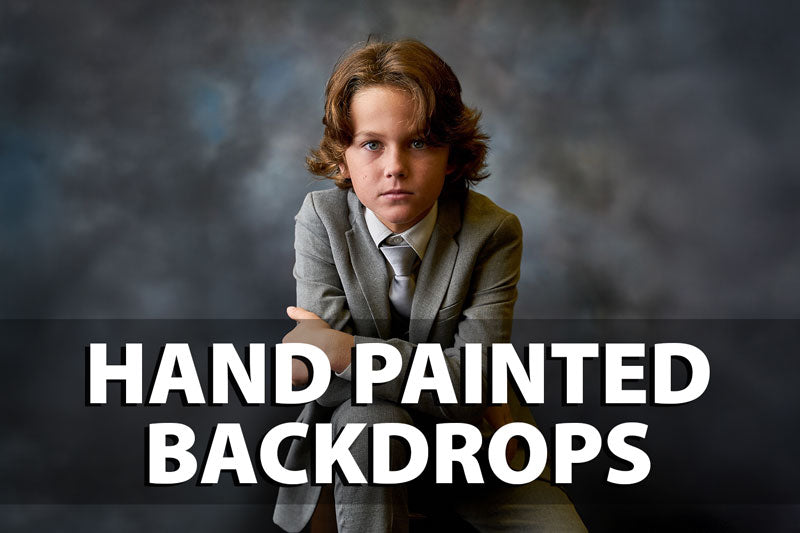

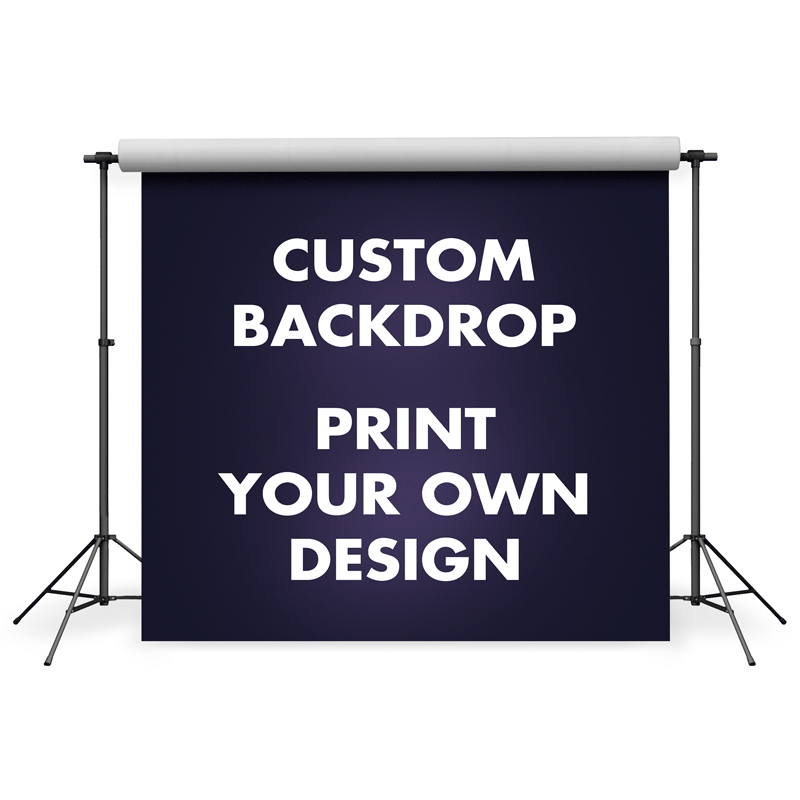


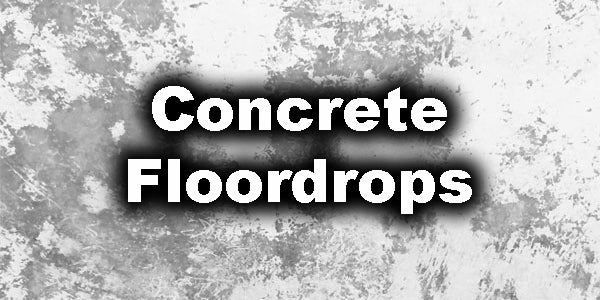

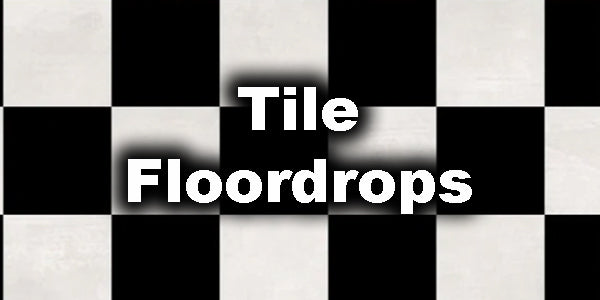

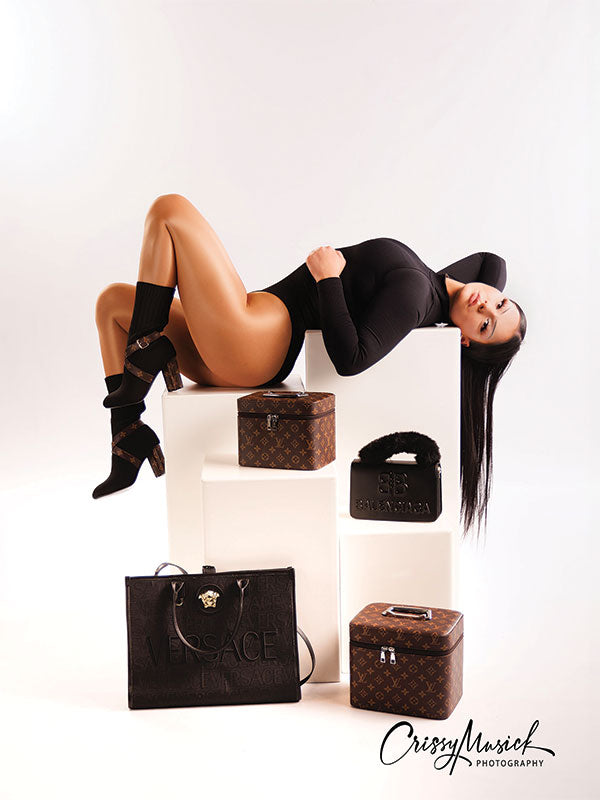
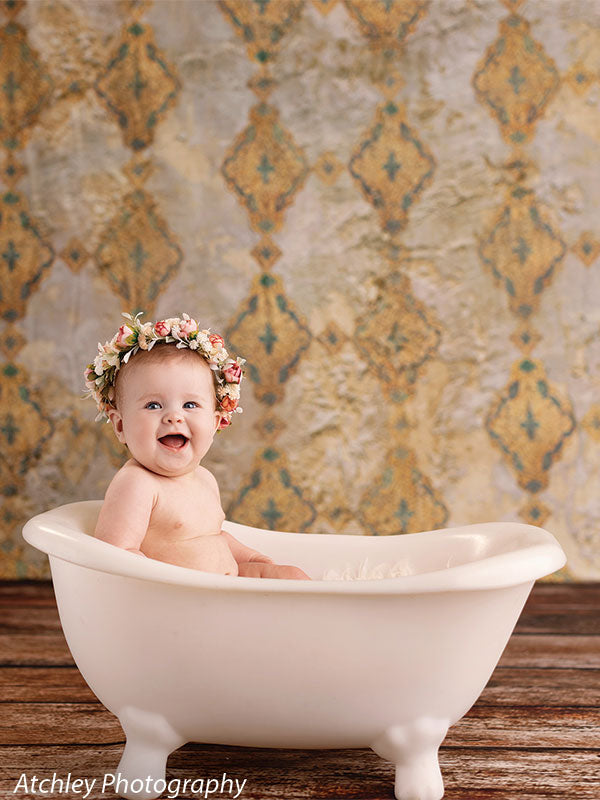
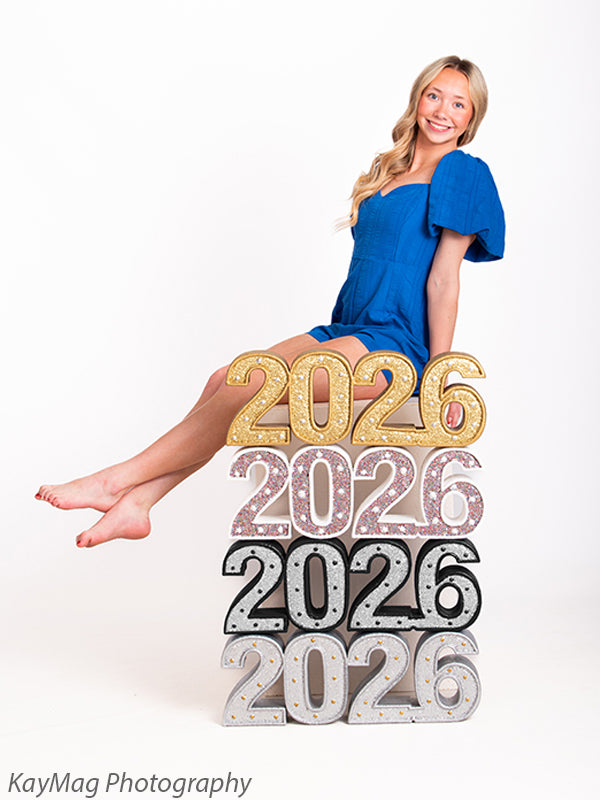

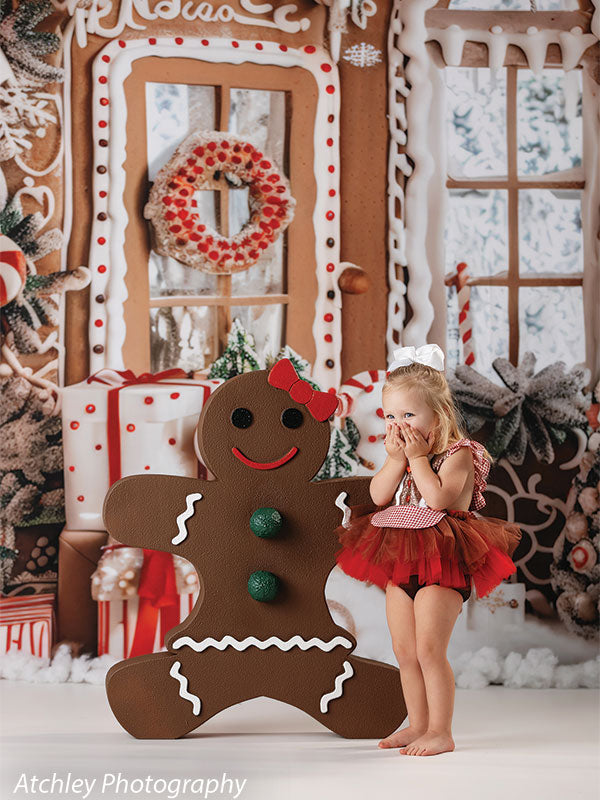

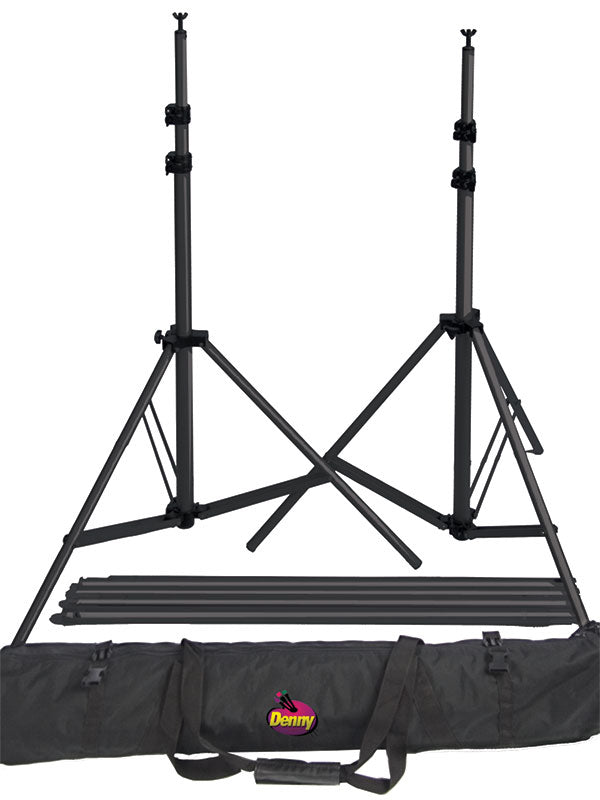
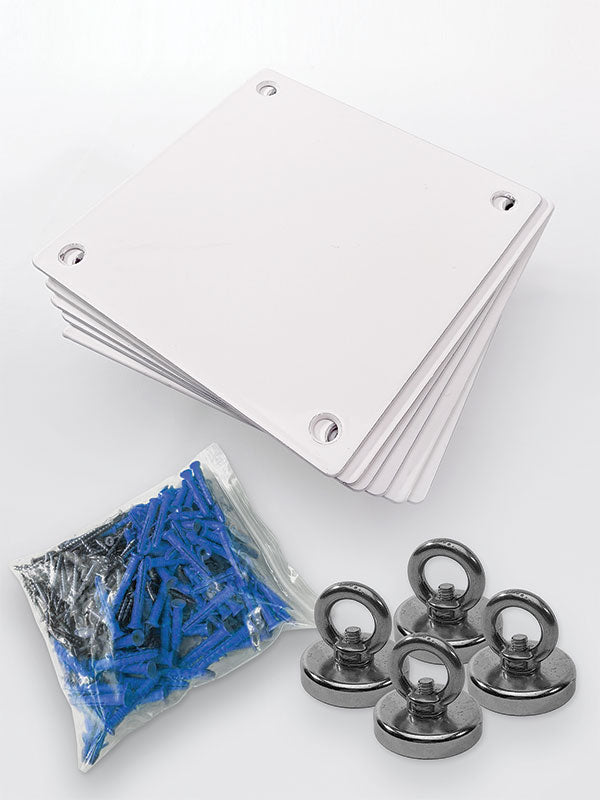
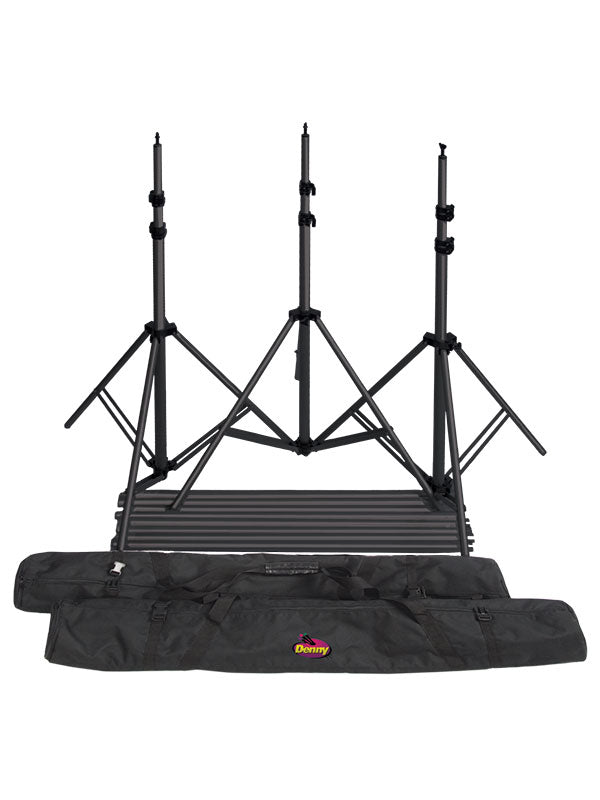
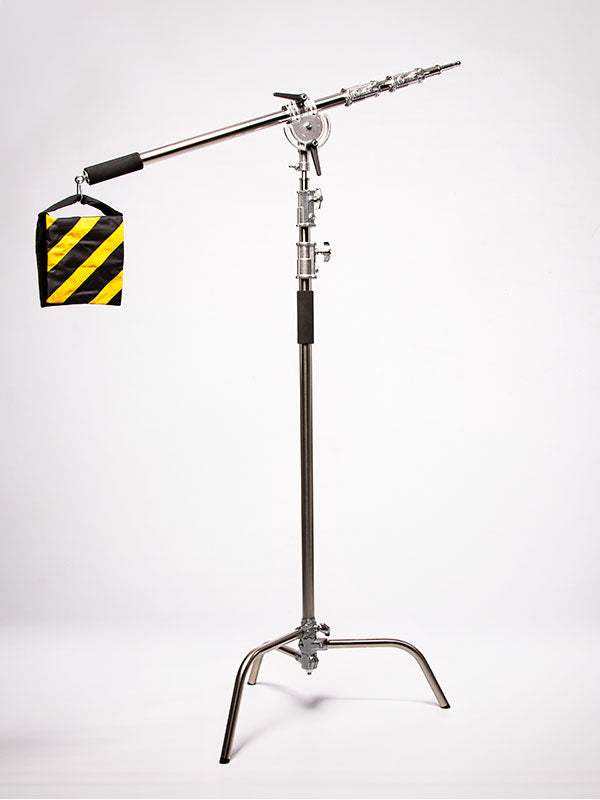

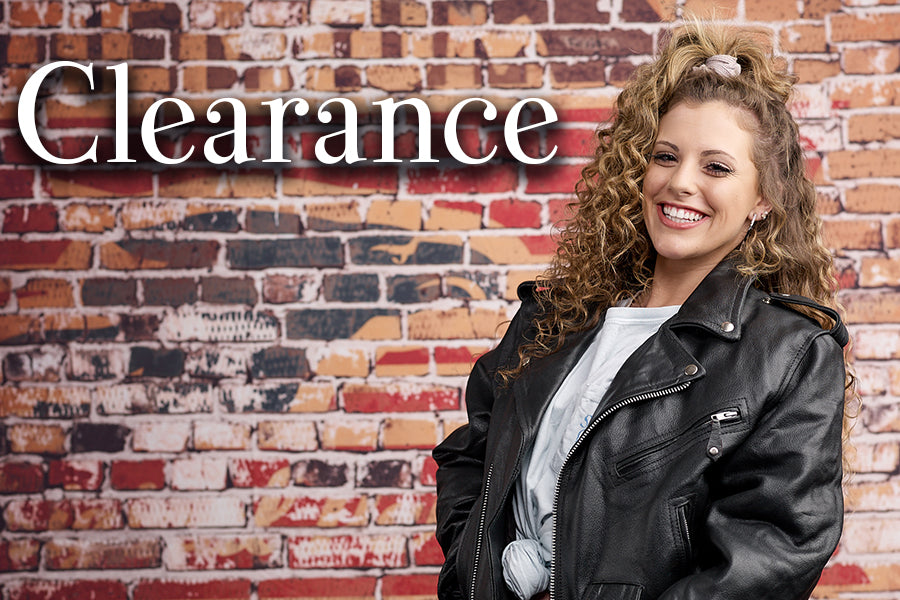
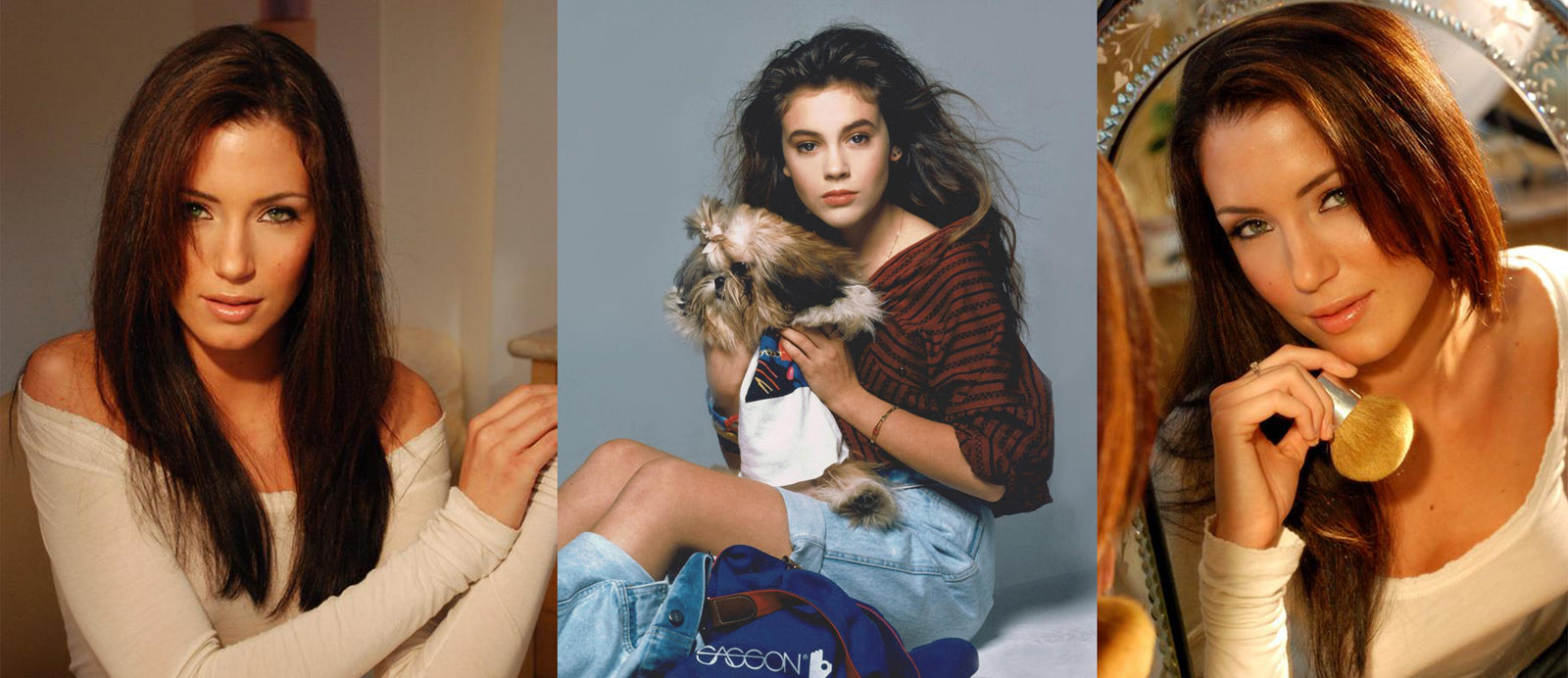




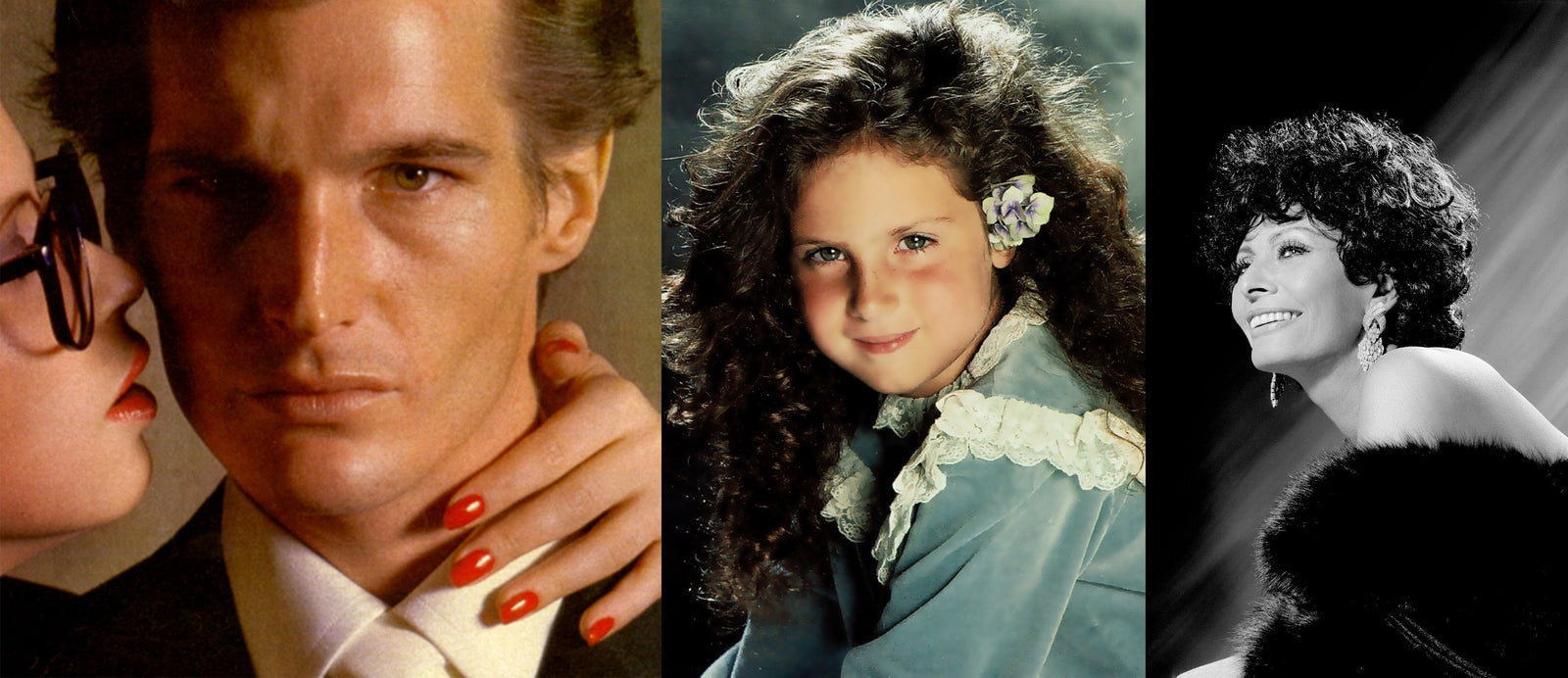

Leave a comment (all fields required)